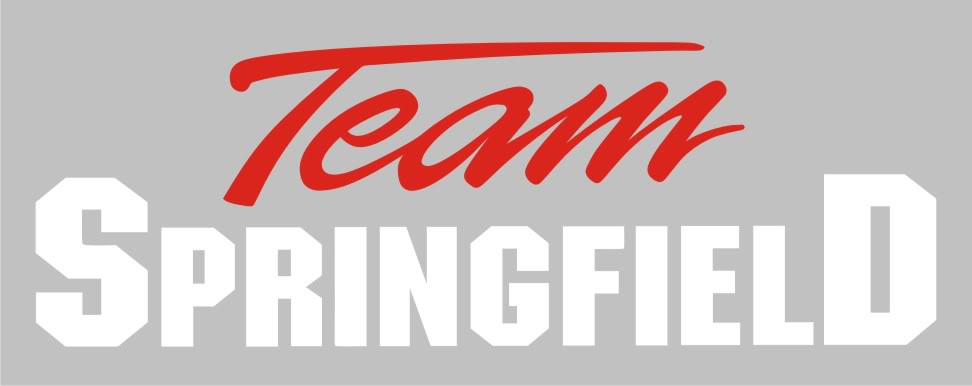Don’t let bad weather stop you from improving handgun skills: it’s fast, safe, and easy using these tips from Team Springfield. Learn about them…
Courtesy Team Springfield
 Do harsh winter conditions or a full schedule keep you from getting to the shooting range as often as you’d prefer? For us too, but that shouldn’t mean you can’t get in a little practicing. Dry fire practice can be an important (and better yet, inexpensive) part of your training. And it’s convenient because you can do it in the comfort of your own home.
Do harsh winter conditions or a full schedule keep you from getting to the shooting range as often as you’d prefer? For us too, but that shouldn’t mean you can’t get in a little practicing. Dry fire practice can be an important (and better yet, inexpensive) part of your training. And it’s convenient because you can do it in the comfort of your own home.
As always, unload the firearm (check and double check to ensure it’s unloaded) and remove all ammo and distractions from the room. Close your curtains, and get to work! It’s easy and useful to log some practice reps by dry firing.
Here are a few drills to get you started.
DRAWING FROM CONCEALMENT
Dry fire drawing from concealment is particularly valuable obviously for people who carry concealed. Quickly and safely drawing your pistol from underneath a shirt, coat or other layers can be more difficult than you might think. Unpracticed, there’s significant potential for snags and fumbling.
Dry fire practicing can help you from coming up short like Fredo in The Godfather.
TRIGGER CONTROL
Don’t move the gun when you pull the trigger! Regardless of the speed you are moving your trigger finger, you need to avoid dipping/moving the muzzle.
How can you tell if you’re falling victim to this bad habit? Set the trigger on your unloaded pistol by racking the slide. Next, place an empty casing on its base on the top of the slide, just behind the front sight. Now, press the trigger without causing the case to fall off.
The speed in which you can do this will be a limiting factor in how quickly you can shoot accurately.
If the case doesn’t fall off, congrats! You’ve pulled the trigger correctly.

TARGET TRANSITIONS
Another tricky skill is rapidly and precisely transitioning from one target to the next – especially when dealing with recoil during live fire. Since this is dry firing, though, we’ll have to do without the effect of recoil. Pick out three objects or other visual cues (targets), and practice transitioning the gun from one target to the next.
PUT IT ALL TOGETHER
Once you’ve practiced the above three techniques individually and have seen some improvement, practice them together. Again, with an unloaded gun, set the trigger, safe the gun (if applicable) and holster.
Start by drawing from a concealed position, acquire a target, align the sights and THEN perform a smooth trigger pull on each target (yeah, we know the hammer/striker only moves the first time, but go through the motion anyway). Gradually build speed on the gun movements and the trigger pull. Hopefully, the next time you’re able to get to the range for live fire, you will be able to shoot multiple targets faster and more accurately.








